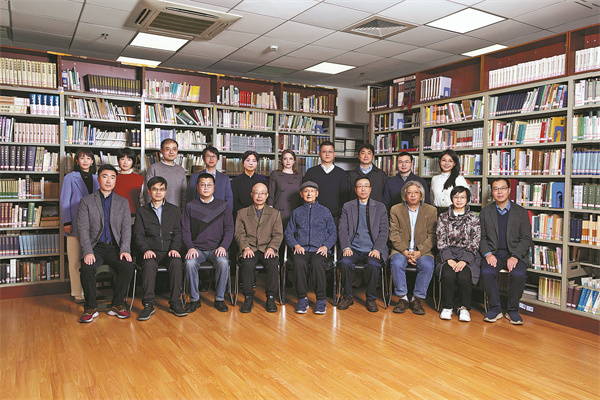As Fudan students have finished course-selection recently, their life have been instilled with new inspiration and vigor by the new courses they’re beginning to take. One of the popular options is a general education course on the art of Chinese seal engraving, also known as zhuanke, which has been offered in Fudan since last year, and many Fudan students are getting interested in this traditional ancient art.
In 2009, Chinese seal engraving was inscribed on the UNESCO Representative List of Intangible Cultural Heritage of Humanity, being described as “a cornerstone of Chinese fine arts”, which “expresses an entire culture’s ideas about humankind and nature”.
Seals, originally used as a symbol of social status and power, appeared in China before the Qin Dynasty (221 B.C.-207 B.C.), but they didn’t make their way into the realm of artistic collections until the Ming and Qing dynasties (1368-1912), and later started to gain popularity among scholars and officials.

As one of the traditional Chinese fine arts, seal engraving requires not only the mastery of traditional calligraphy and sculpture but also great virtuosity, as a seal artist has to work on a tiny surface where every subtle curve counts. Therefore, one have to acquire knowledge of seals and practice a lot before creating a passable work.
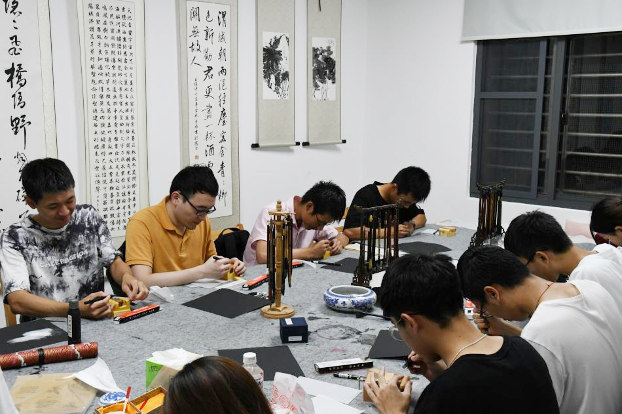
To help students understand the level of skills needed for creating artwork on a square inch and have good command of this traditional art, Fudan offers a general education course available to undergraduates who are interested in it. Students also have the opportunity to practice carving in the workshops held by the seal carving student society “Popular Seal Carving Club” (“大众印社” in Chinese), which serves as an informal classroom to enrich students’ hands-on experience. As seal carving gets more and more popular on Fudan campus, the total of the society members has exceeded 150.
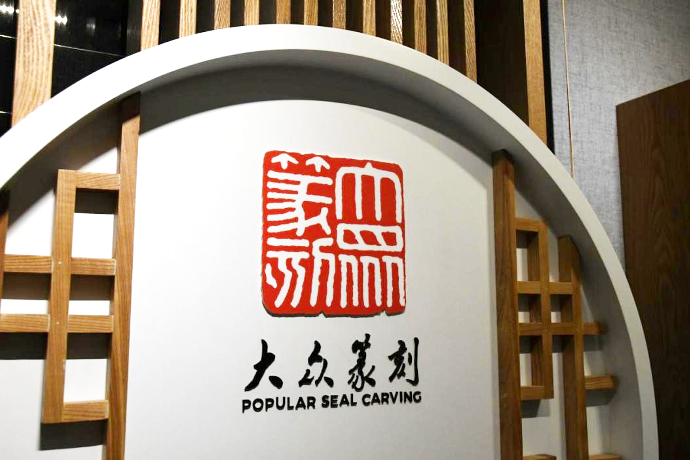
Zhang Weiran, professor at the Center for Historical Geographical Studies of Fudan University, and Xu Gufu, a noted Chinese seal engraver, have been invited to give lectures and instruct beginners in seal carving. Both of them are members of Xiling Seal Engraver’s Society, a renowned seal society in China.

Prof. ZhangWeiran
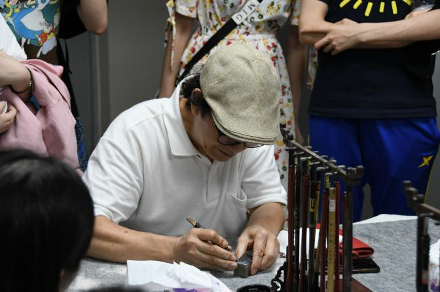
Engraver Xu Gufu
Apart from lectures, students can practice carving after class in a designated space located in the No. 6 dormitory building on Handan Campus, which is a customized activity room where necessary carving tools have been prepared for learners and those outstanding works are displayed in the room.
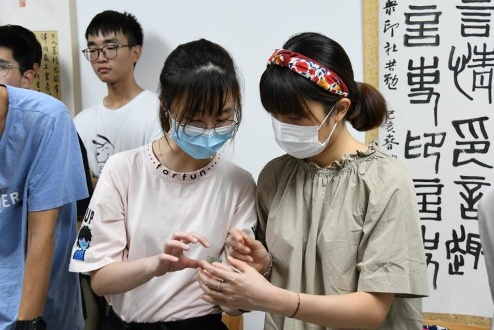
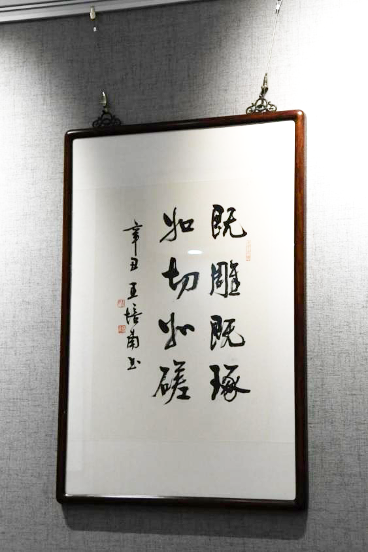
The space is also perfect for students to exchange ideas with the instructors or with each other when learning seal carving. Besides, students interested in seals and wanting to have a seal of their own can register for the access to the automatic carving machine, which is available in this space. You can design your own manuscript and upload it on the computer before the machine starts to cut a design for you.
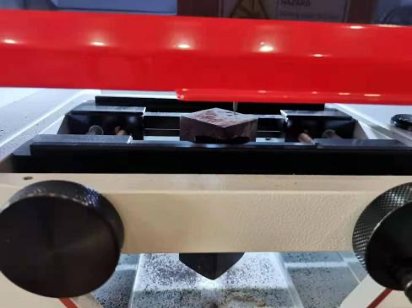
“I was a bit nervous before I got into the classroom since I had no idea of what seal carving is about, nor any talent in Chinese writing. But in our first class, Prof. Zhang showed us a lot of his works and shared his understanding of seal carving, and said it’s okay to have no experience of calligraphy as long as I keep practicing,” said Josephine Yi, a Canadian student from Department of Tourism attending the Chinese seal carving class.
According to Tang Wenqiang, chair of the Popular Seal Carving Club, proficiency in xiaozhuan characters (a standardized and simplified form of the earlier dazhuan script, in which all lines are of even thickness and curves and circles are relatively predominant), engraving techniques, along with good aesthetic judgment, are required for a qualified engraver. Learners usually have to keep practicing for years before having a good command of xiaozhuan script. So, the instructors ask the students to enhance calligraphy skills through practice and introduce to them the seal styles, layouts and engraving techniques of some classic works to better students’ mastery of this art.
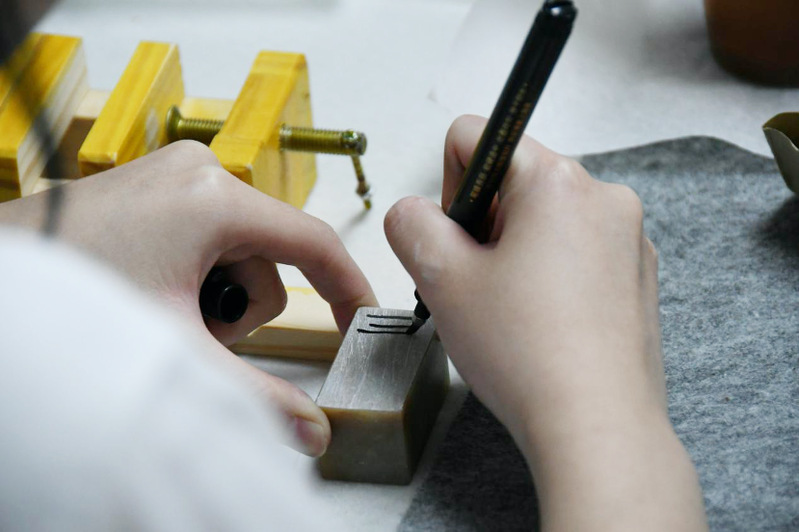
Distinguished by the ways of seals being carved, seals can be generally divided into two imprint styles. The cameo carved seals imprint red characters, which is called “zhuwen” (red characters), while the intaglio carved seals leave white ones, which is called “baiwen” (white characters). Beginners likes Josephine are usually asked to start with carving a one-character baiwen seal which imprints a simple Chinese character “王” .
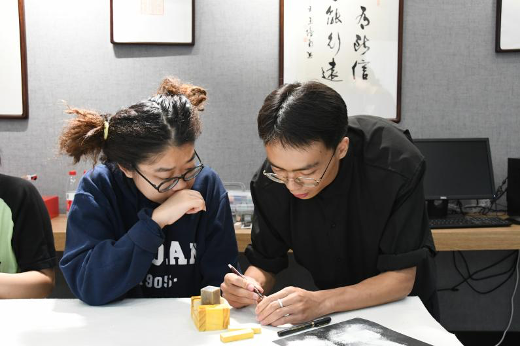
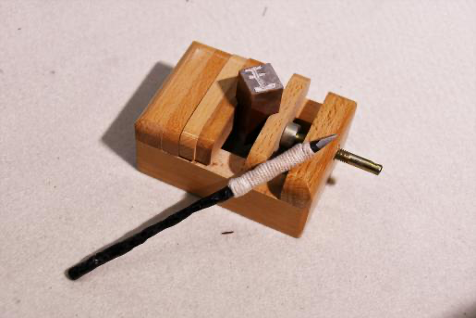
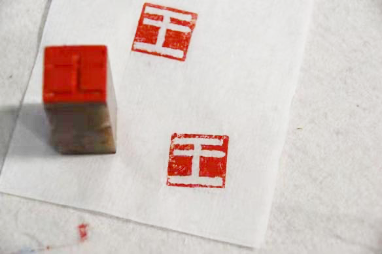
The one-character baiwen seal imprinting Chinese character “王” made by Josephine Yi
The surface of an inch is also a place where seal engravers can freely express their ideas in an artistic way. During the COVID-19 pandemic, Fudan’s carving learners created dozens of works featuring China’s fight against the pandemic, which tell the story of the country’s determination and effort in this battle and extol the countless unsung heroes during the pandemic. Many other themes, such as Fudan’s anniversary celebration and China’s progress, etc., have also been carved onto seal stones.
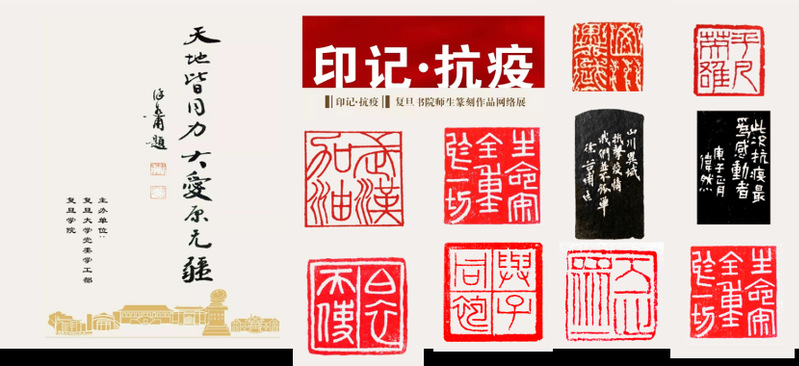
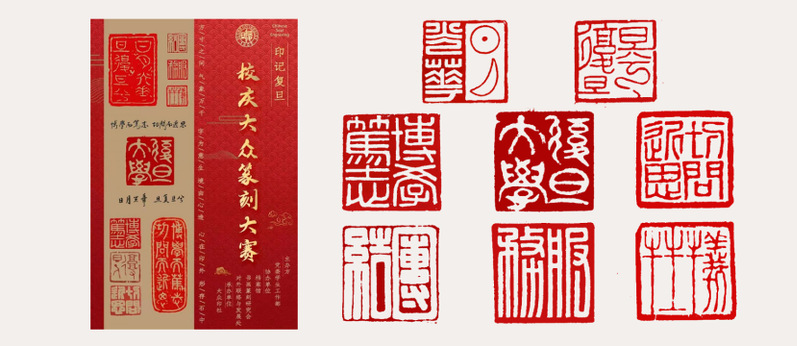
As a result of one of the collaborations between Fudan and governments at local level, Jinshi Seal Carving Museum, located in the Qianyang Village, Pingnan County of Ningde City, Fujian Province, was unveiled as a seal carving training base in November 2020. Its first exhibition featured China’s effort in targeted poverty alleviation and rural revitalization in an artistic way through the seal carving works created by Fudan faculty and students, popularizing seal carving among the locals.

Seal carving, a traditional Chinese art that’s getting more and more popular on Fudan campus, has become a new choice of extracurricular activity for Fudan students. If you also want to have a taste of this ancient art, come and try it at seal carving space in No.6 dormitory building on Handan Campus!
Presented by Fudan University Media Center
Source: Department of Student Affairs



